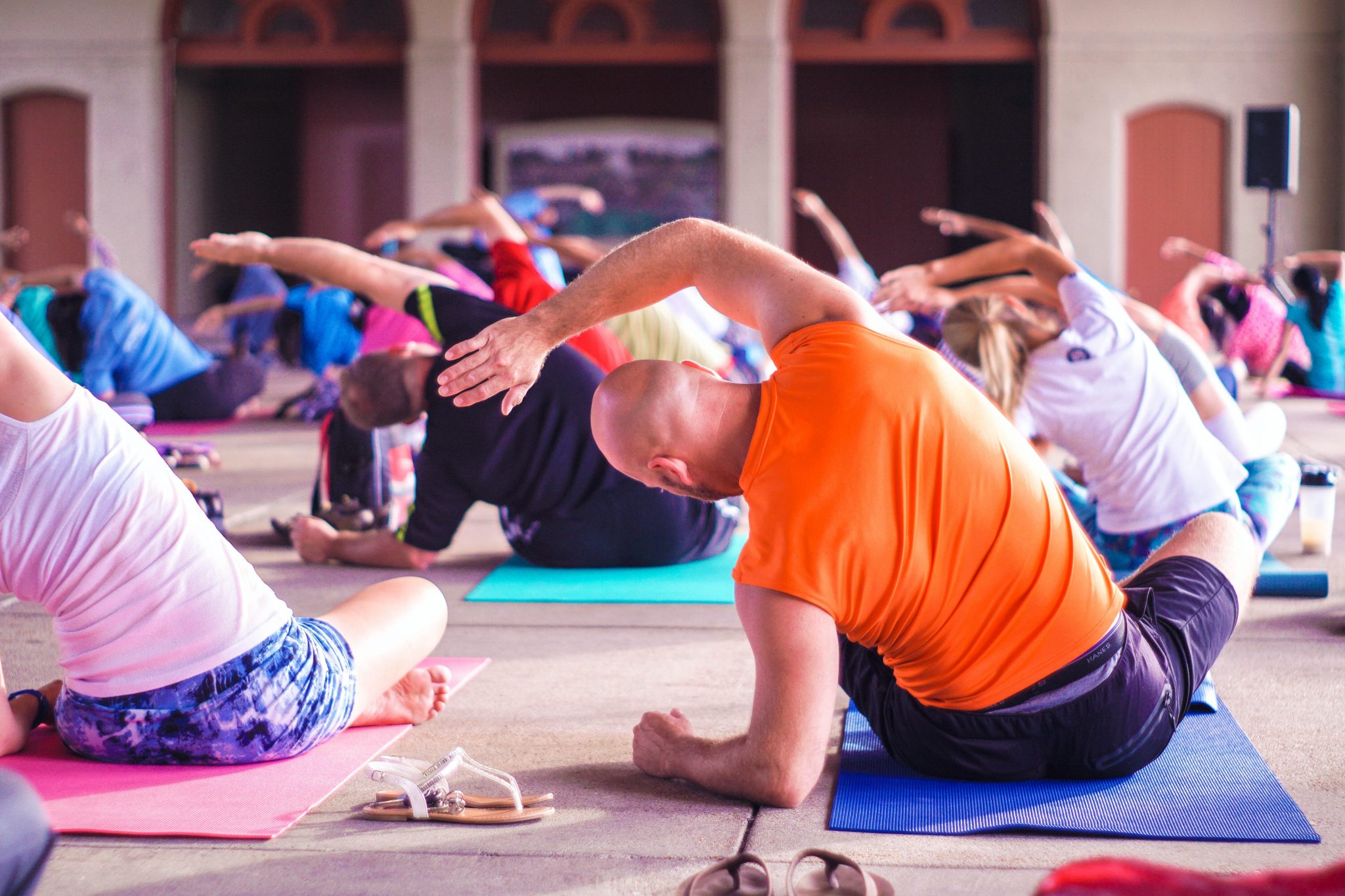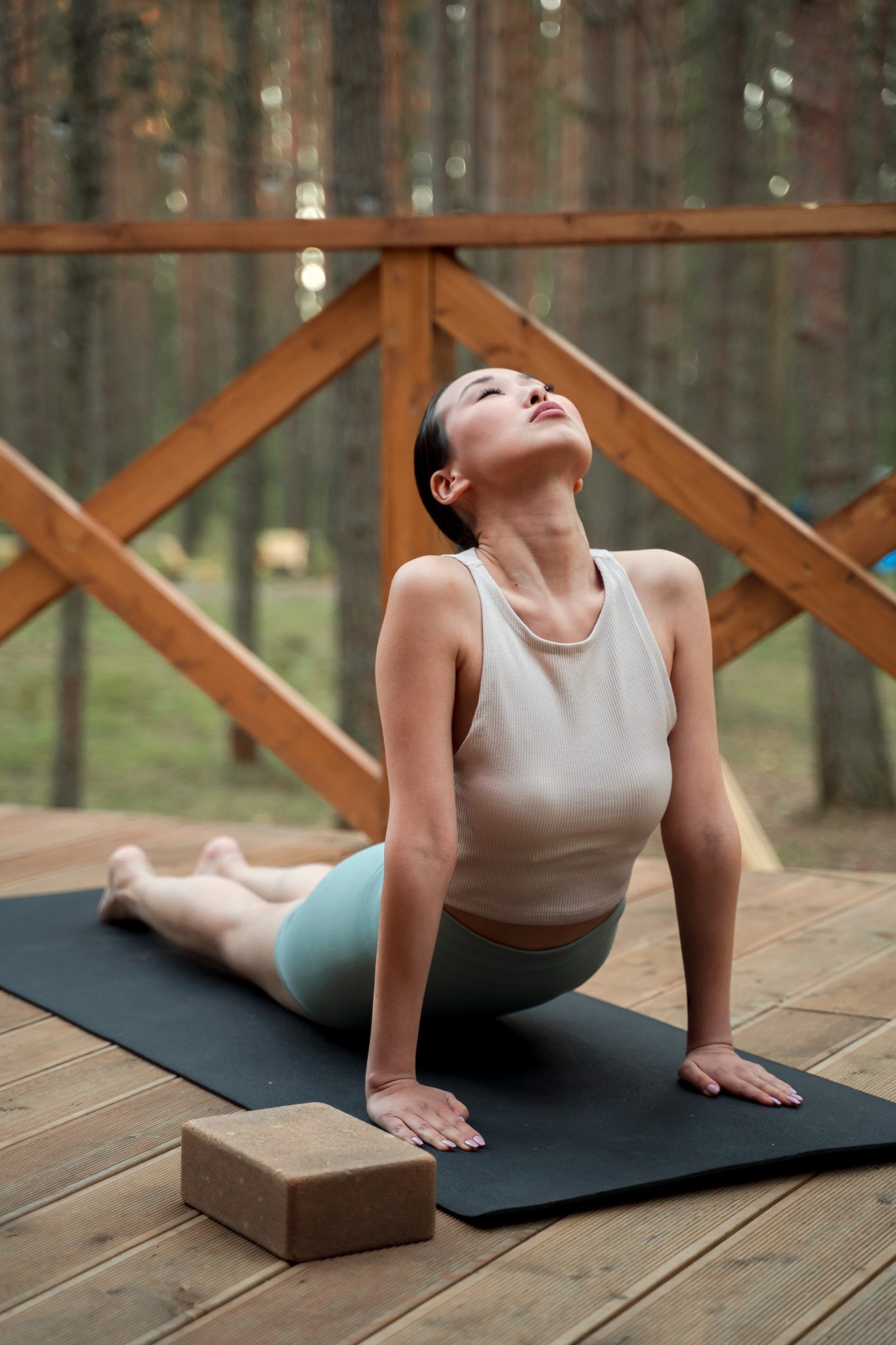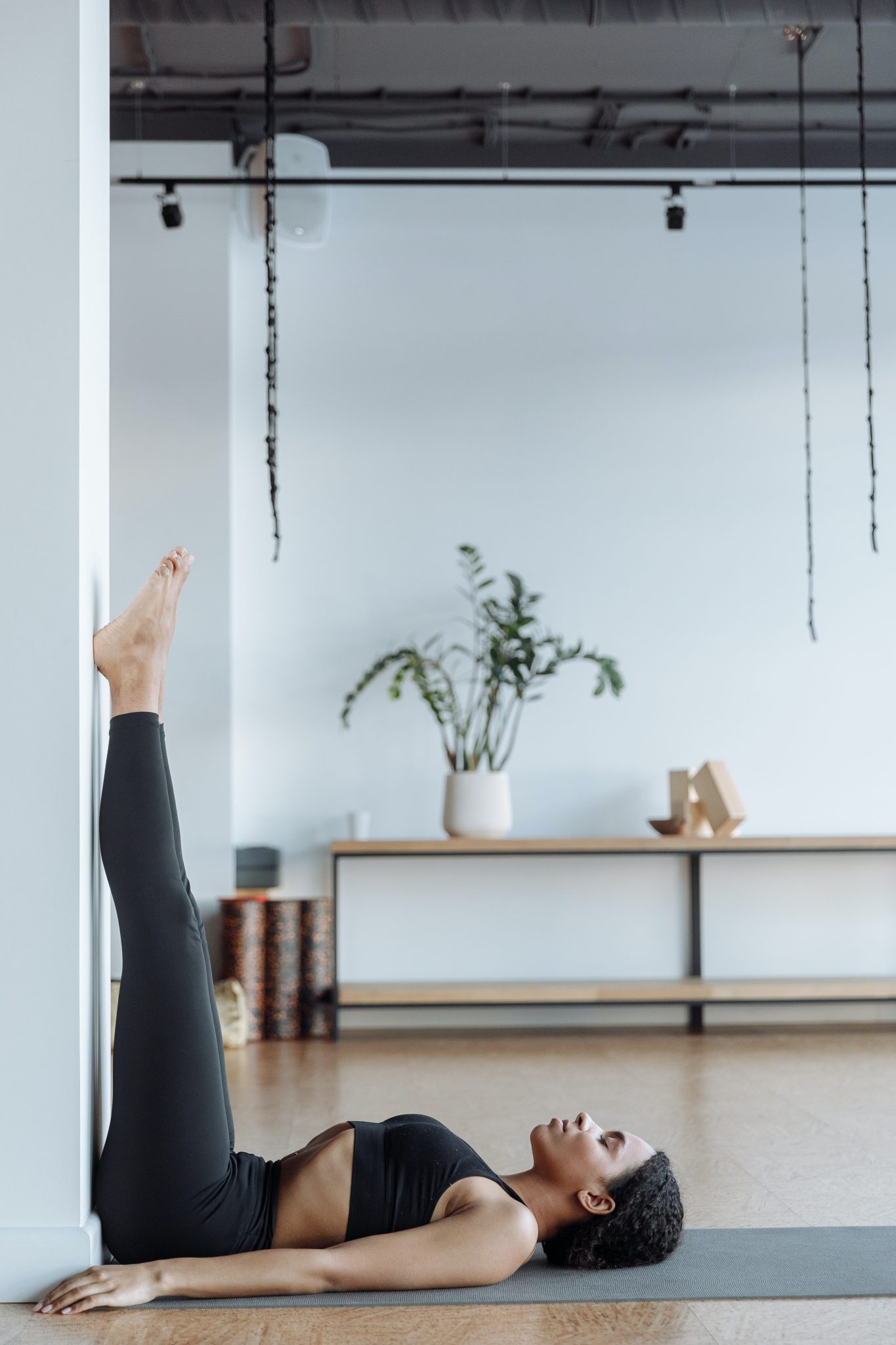
The Healing Power of Restorative Yoga
There are many different forms of yoga, each of which has many of the same health benefits, but each style also has some unique qualities. There is hatha yoga, hot yoga, restorative yoga, and so many others.
With restorative yoga, you are doing a practice that is much gentler on your body. It is meant to help heal your body and mind, promote wellness, and help you learn basic stretches that will open up your body and allow for healing.
It also happens to be amazing for stress relief.
 Restorative Yoga for Stress Relief
Restorative Yoga for Stress Relief
Most forms of yoga can be amazing for stress relief, but restorative yoga has a few added benefits for this purpose.
First of all, restorative yoga is more of a slower and gentler form of yoga. Instead of moving swiftly from one pose to the next, each pose in restorative yoga is going to be held for considerably longer. This is great for building up your strength and flexibility, but also gives you time to adjust and stretch through each pose. You are given more time to breathe during the pose and relax your muscles fully.
You will notice that in a restorative yoga class, the entire environment is much more relaxing, which in of itself makes it better for people who are doing yoga specifically to help relieve stress.
Why Props Are Used in Restorative Yoga
Another big difference between restorative yoga and other forms of the practice is that props are used frequently. This is a mellow yoga class that is meant to relax you, so props are often used to help support your body. This allows you to hold the poses in the proper position, and for longer periods of time. It is this length of time for each pose that really makes it “restorative” and healing for both your body and mind.
If you take a yoga class, they might tell you what items to bring, though most classes also provide them for their students. However, if you are doing it at home, get props like yoga blocks and bolsters if you can. Otherwise, rolled-up towels or small blankets also work great.
The Best Stress-Relieving Yoga Positions
While many yoga poses used in restorative yoga are great for stress relief, there are some that are better to start with. If you are dealing with stress and overwhelm, try some of these beginner-friendly poses:
Child’s Pose
It is always good to start with a yoga pose that is very simple and easy to get your stretch in, such as the child’s pose. If you do other workouts, like strength training or Pilates, you might be familiar with child’s pose as it is a common post-workout stretch.
The child’s pose is done starting on your knees, with the top of your feet and shins flat on the ground. Leave your knees about shoulder-width apart, then start bending your body forward until your head and shoulders between your knees. Bend forward as far as you can with your arms stretched out in front of you. You want a good stretch, but not so much that it causes discomfort or pain.
Twist with a Bolster

This is one of the restorative yoga poses that uses a prop – or a bolster in this case. This is similar in shape and size to a rolled-up blanket, so that can be used in its place if you don’t have the bolster.
The twist is amazing for stretching your entire body, and allowing blood to flow through the twist, which can also help you to relax and start relieving stress.
Sit down on your mat with the bolster in front of you. You want one of your hips to be at the shorter end of the bolster, with your feet at the opposite side – so, if you are using your left hip, then your feet will be at the right side, and vice versa. Allow the twist to lengthen your spine and hold for as long as you can before exhaling.
Legs up the Wall
Lastly, you can try the legs up the wall yoga pose, another classic pose that is great for beginners. All you need to do is find a wall in your home or the yoga studio that you will be able to lean your body against. You will be laying with your back and buttocks on the ground, with your legs straight up in front of you, on the wall. An easy way to get into this position is put one hip on the wall, lay down flat, then swing your legs around to go up the wall.
